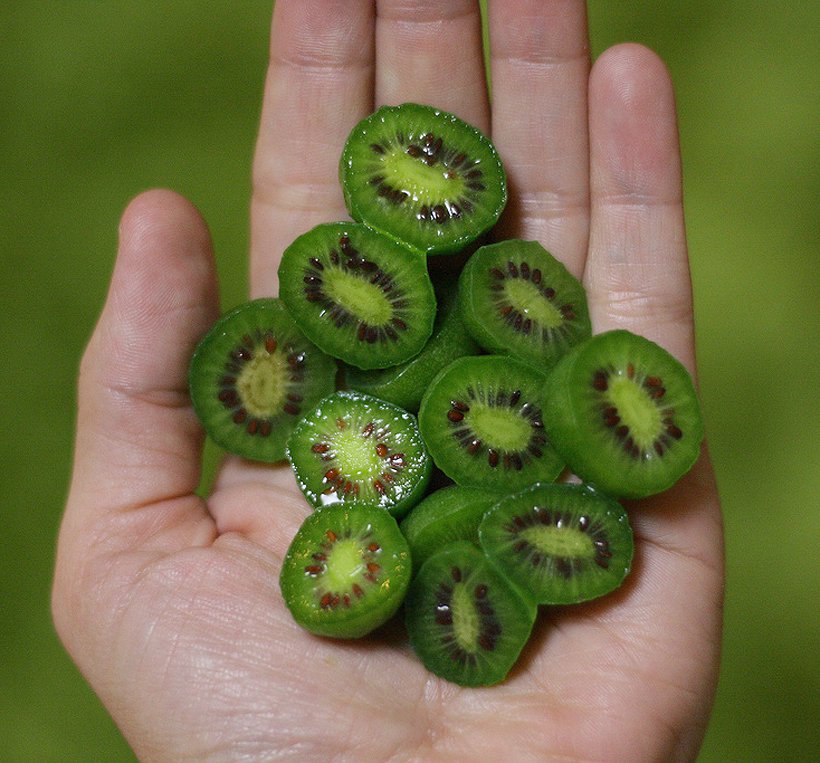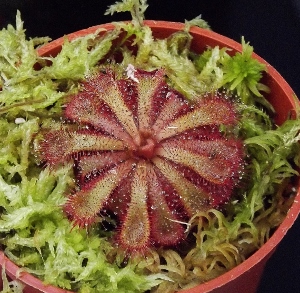What have we here.
The Sorcerer's Tree (Solanaceae family) is a showy woody shrub, to 12ft high, native to a small area in southern Chile.
It has slightly glossy, elliptic leaves on spiny stems and pendulous, beautiful bell-shaped, 2in long, magenta flowers followed by round, yellow-ish fruits.
Latua pubiflora is apparently nowhere abundant, and there are even very few specimens of it in the world.
Seeds found here...
The Sorcerer's Tree as it is known, is one of the rarest of all shamanic plants.
All parts are strongly poisonous due to hallucinogen alkaloids.
For any rich, moist, well drained soil in a shady spot throughout the year.
Hardy to Zone 9. The plant does not tolerate snow, but can tolerate occasional freezing spells of about 23F (the typical morning frost of central Chile). Prefers to grow in the part-shade to full shade.
Family: Solanaceae. Synonyms: Lycioplesium pubiflorum, Latua venenata, Latua venenosa, Baum der Zauberer, Palo de Bruja, Tree of Wizards.

















